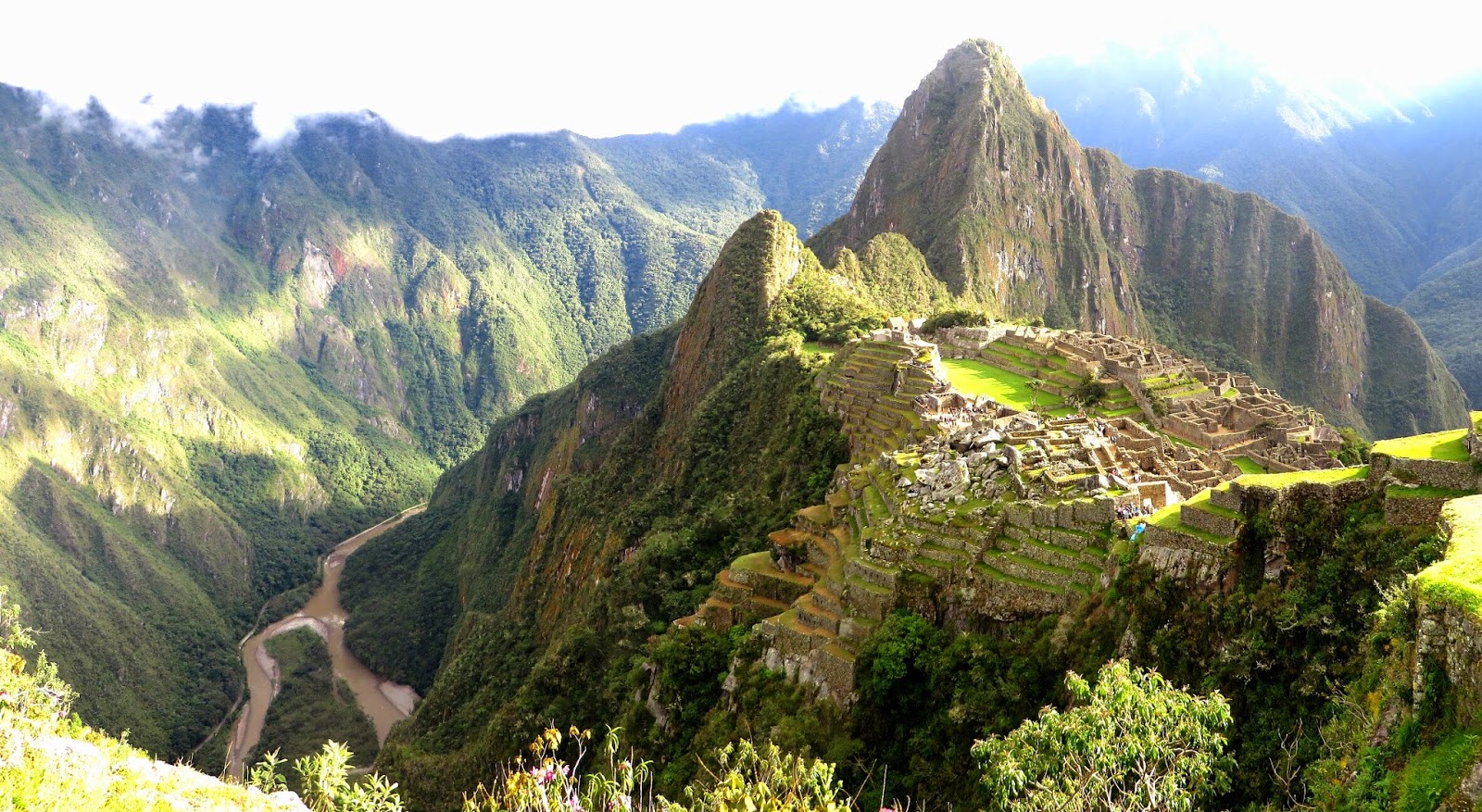Zu Fuß durch Patagonien
Herrlich! Es ist soweit: die Vorfreude steigt und ich bin bereit für einen Tapetenwechsel. Und was für einen! Ab Morgen werde ich für 18 Tage durch Patagonien wandern. Noch ist nix konkretes geplant, doch die Schönheit des äußersten Südens des Amerikanischen Kontinents macht mich schon jetzt sprachlos. Ich freue mich, seit den Tagen in den Wüsten Mexikos mal wieder so richtig allein mit mir und der Natur zu sein. Da ich davon ausgehe, dass zwischen Gletschern und Bergen nicht alle paar Meter ein Internet-Café ist, habt bitte Geduld. Keine Nachrichten sind demnach gute Nachrichten in den kommenden Tagen. Ein Bericht folgt wie immer (mit ein bisschen Verspätung). :-)
UPDATE: Dienstag, 29.April: Ein paar Pässe sind schon zugeschneit und viele der Refugios im Nationalpark schließen passenderweise genau Morgen ihre Türen, da sich wohl fast kein Tourist mehr im Parque Torres del Paine aufhält. Also bleiben nur zwei Möglichkeiten: umkehren und etwas anderes machen oder die ganze 5 tägige Wanderung mit Zelt und Schlafsack in Angriff nehmen. :) Ich entschließe mich zu letzterem und bin gespannt, wie gut ich im Winter Patagoniens vorwärts komme. Hier ein Vorgeschmack...Yeeehaaa!
UPDATE: Dienstag, 29.April: Ein paar Pässe sind schon zugeschneit und viele der Refugios im Nationalpark schließen passenderweise genau Morgen ihre Türen, da sich wohl fast kein Tourist mehr im Parque Torres del Paine aufhält. Also bleiben nur zwei Möglichkeiten: umkehren und etwas anderes machen oder die ganze 5 tägige Wanderung mit Zelt und Schlafsack in Angriff nehmen. :) Ich entschließe mich zu letzterem und bin gespannt, wie gut ich im Winter Patagoniens vorwärts komme. Hier ein Vorgeschmack...Yeeehaaa!
Wonderful! The time has come: I'm exited and ready for a change of scenery! And what a change it will be!
From tomorrow onwards I will be hiking through Patagonia for the next 18 days. So far I haven't planned anything in detail, but the beauty of the far south of the American continent makes me speechless already. I'm happy to be back in the nature, just by myself and with my little guitar. It will be the first time since the days in the deserts of Mexico. As I'm not expecting Internet-Cafés between glaciers and mountains, please also don't expect News here for the said time frame. No news are good news then. A detailled report will follow as always (with some delay). :-)
UPDATE: April 29th: Some of the paths in the Torres de Paine National park are already covered in snow and just now, the first of may, all of the refugios at the cam sites will close as there are just too few tourists in the park at this time of the year. So there are just two possibilities: turn around and leave the place or do it totally on your own with a tent and a sleeping bag. I dedcide to go for the second option and will head out for the 5 day hike tomorrow morning. Let's see what the patagonian winter will show me! The video above gives you an impression of what's to come... Yeehaa!
UPDATE: April 29th: Some of the paths in the Torres de Paine National park are already covered in snow and just now, the first of may, all of the refugios at the cam sites will close as there are just too few tourists in the park at this time of the year. So there are just two possibilities: turn around and leave the place or do it totally on your own with a tent and a sleeping bag. I dedcide to go for the second option and will head out for the 5 day hike tomorrow morning. Let's see what the patagonian winter will show me! The video above gives you an impression of what's to come... Yeehaa!







































